Medellín is another major city in Colombia and we are following in the footsteps of Pablo Escobar’s rise and fall. The city was heavily influenced by the inglorious historical circumstances of the cartel wars and we can still feel and see the after-effects today. First of all, we have probably never seen a city with so many homeless and drug-influenced people everywhere – it is really difficult to witness the individual fates. At the same time, there are countless different neighborhoods in Medellín, each with its own character and appearance. We invite you on a short tour through our experiences in Medellín.
Museum “House of Memory”
The aforementioned history of the cartel wars that shaped Medellín in particular is not the only violent era that has left its mark on the whole of Colombia. Numerous conflicts with heavily armed paramilitary groups have left their mark on the memories and experiences of all Colombians beyond Medellín. The House of Remembrance – Casa de la Memoria – was built as a counterpoint to this, to give a voice to the painful past and to actively work on coming to terms with these issues. Here, the many thousands of victims of the conflicts are remembered and the positive transformation since then is made tangible. Reintegrated members of paramilitary groups are given a voice, as are relatives of the disappeared, who call for positive change to continue. Medellín is impressively presented as an interactive map showing how many serious clashes have taken place between such groups and the police or military and how the frequency has decreased over time.The terror in Medellín was particularly serious towards the end of Pablo Escobar’s time as the top boss of the Medellín cartel. On the one hand, his cartel planted bombs to hit the economy in Medellín, while at the same time attacks were carried out against his cartel by rival cartels. Added to this was the heinous hunt by the cartel for police officers, which in turn led to even more violence and terror through counterattacks by the police and military.
It is good that the voice of the victims is heard here in the House of Remembrance and that positive change can thus be consolidated.
Tue-Fri: 09.00-18.00 / Sat-Sun: 09.00-16.00
Free admission
A large part of the exhibition is only described in Spanish, so a basic knowledge of Spanish is an advantage, although there are also English-language tours.
Comuna 13, Medellín
One of Medellín’s must-visit districts is Comuna 13, a neighborhood that suffered particularly badly during Escobar’s time. We are curious. In any case, a visit to Comuna 13 makes a colorful change from our visit to the House of Remembrance. Comuna 13 is particularly famous for its unusual murals. There is also an outdoor escalator with several sections to climb the steepest parts of the most famous alley in the houses of Comuna 13. We arrive comfortably in the district on Medellín’s metro and walk the last few hundred meters. At least during the day, the area is safe enough for obvious tourists to walk the streets without any problems. We quickly decide on our destination. We are visiting Comuna 13 on a Sunday and there is a correspondingly large number of tourists in the area. Crowds of people push their way past the many eateries and outdoor bars to the escalators and try to take the perfect selfie with the murals on the way. Crazy! There is a lot to see here, but it all has little to do with Colombia itself. This famous section of Columna 13 feels a bit like a bar street of the cheaper kind in Medellín. So be it – we have seen the escalators and many beautiful murals. But we can’t stand it much longer in this mass of tourists. Quickly on to the next district. It’s the same in Medellín as it was in Bogotá: each district has its own character and its own appearance, luckily!
Barrio Suramericana
The Suramericana district, for example, is our temporary home in Medellín. It is an upper middle class residential area and therefore safe to simply park our campervan at the roadside for the time we spend in Medellín. The multi-story apartment blocks are usually guarded by security personnel around the clock and this security is reflected in the immediate neighborhood streets. Of course we like to take advantage of this! We can also go out for dinner in the evening on foot in something like the neighborhood center – it has a few restaurants to try out. The world is a lot more in order here than in other parts of Medellín. People also go for a walk or have a drink in the park in the evening without being bothered, all in the middle of Colombia’s second largest city with a very violent past.
The Medellín Metro
The public transport network in Medellín is particularly exciting. On the one hand, there are only two metro lines – trains that run in the city center at a height of around 10m so as not to obstruct the traffic below. Then there are streetcars and buses, so far so normal. But now comes the specialty: Medellín has also integrated several cable cars into its metro network that can be used with the regular metro card. The idea behind it is convincing. The outer districts are too far away from the centers in the regular traffic chaos on the roads and the standard of living would be correspondingly low. The cable cars bring the outlying districts closer to the city center and thus benefit from higher added value and a generally better standard of living than without them.
For us, the cable cars are so exciting that we travel to the north of the city one afternoon just for the sake of the cable car, to travel with it over the rather simple brick houses with corrugated iron roofs and get a completely different view of the city. Unique for us!
The other side to the story of Pablo Escobar
To counterbalance the House of Memories, the victims’ side of the story, we book a four-hour tour with a guide to experience a second side of the story of Pablo Escobar. On recommendation, we don’t take the tour with just any guide, but with Diego, a former member of the Medellín cartel. He worked for Pablo Escobar in the USA and ended up serving almost 20 years in prison in America. This is of course particularly exciting for us, as we get first-hand experience of both the good and the bad sides. Right at the beginning, because of our Swiss origin, he tells us how he had some of his money from this time released in Zurich. Therefore, he was certainly able to transfer money from his cartel past to the time after his imprisonment. Unfortunately, we cannot provide any information about the amount. In addition, a lot of Escobar’s money was also stored in Switzerland.
Diego also tells us how he started working for a cartel and how he worked his way up within the cartel. He was a smuggler, first transporting money and then cocaine within the USA to the necessary locations. During the tour we also meet other former cartel members who are now tour guides. Some of them were probably killers or bodyguards for Pablo Escobar.
With Diego we drive to the Inflexión Memorial Park, where the approximately 46,000 victims of the cartel war in Medellín are commemorated. Here we gain interesting insights into the official historiography, which sometimes falsely blames bomb explosions on Pablo Escobar, although they bear the signature of a rival cartel or even the government itself. Another place on the tour is the burial site of Pablo Escobar and another important person in this story: Griselda Blanco. She pulled the strings behind the import of cocaine into the USA. Once again, we continue across the city to visit the Barrio Pablo Escobar. In the early days, Pablo Escobar also implemented ostensibly charitable projects and built over 1,000 homes for the local population. And finally, we are also taken to the famous rooftop where Pablo Escobar was finally killed. And here too: Was he killed, or did he execute himself at the end of his career as a drug baron? The true background can probably only be answered on a tour of Medellín – after all, we don’t want to anticipate everything in this blog.
The tour was really worthwhile, we were particularly impressed by the background and insights of a real former gangster. We got this information during the car rides during the unofficial part of the tour, so to speak, and this made the tour a real highlight for us. Diego has come to terms with his past and is at peace with it. Like so he has no problems answering direct questions.
Barrio Poblado
At the end of our stay in Medellín, we make a detour to the tourist district of Medellín: Barrio Poblado. It is also the richest district of Medellín and many of the hotels for foreign tourists are in this area. In the middle of it is a nightlife district with fancy buildings and many nightclubs, which is specially monitored by the police. For us, a short walk through it is enough. However, since we are already in this area, we take the opportunity for a fancy dinner – and that’s it for the Poblado district. It’s just a typical “Gringolandia” – has nothing to do with Colombia, but it allows international tourists to feel at home abroad. This is not our kind of tourism at all – but obviously it seems to be worthwhile for the operators of the hotels, restaurants and bars. The only advantage for us is that there are vegetarian restaurants here, which are otherwise very difficult to find.
This brings our four days in Medellín to a close with a mixed feeling. The city has very interesting facets, especially with the past of the cartel wars and the insights we gained during the Pablo Escobar tour. On the other hand, the situation is really precarious with an exceptionally high number of homeless people and a harmless evening stroll in the wrong part of town at the wrong time can still end in disaster. Nevertheless, we are glad to have seen Medellín and to have gained our own experiences from this city.
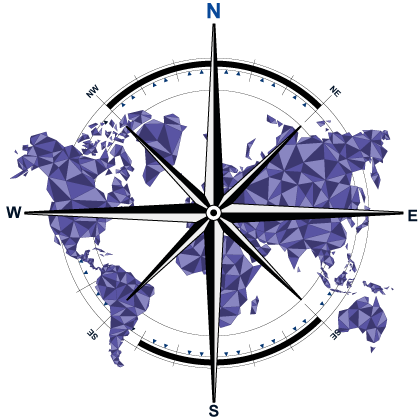
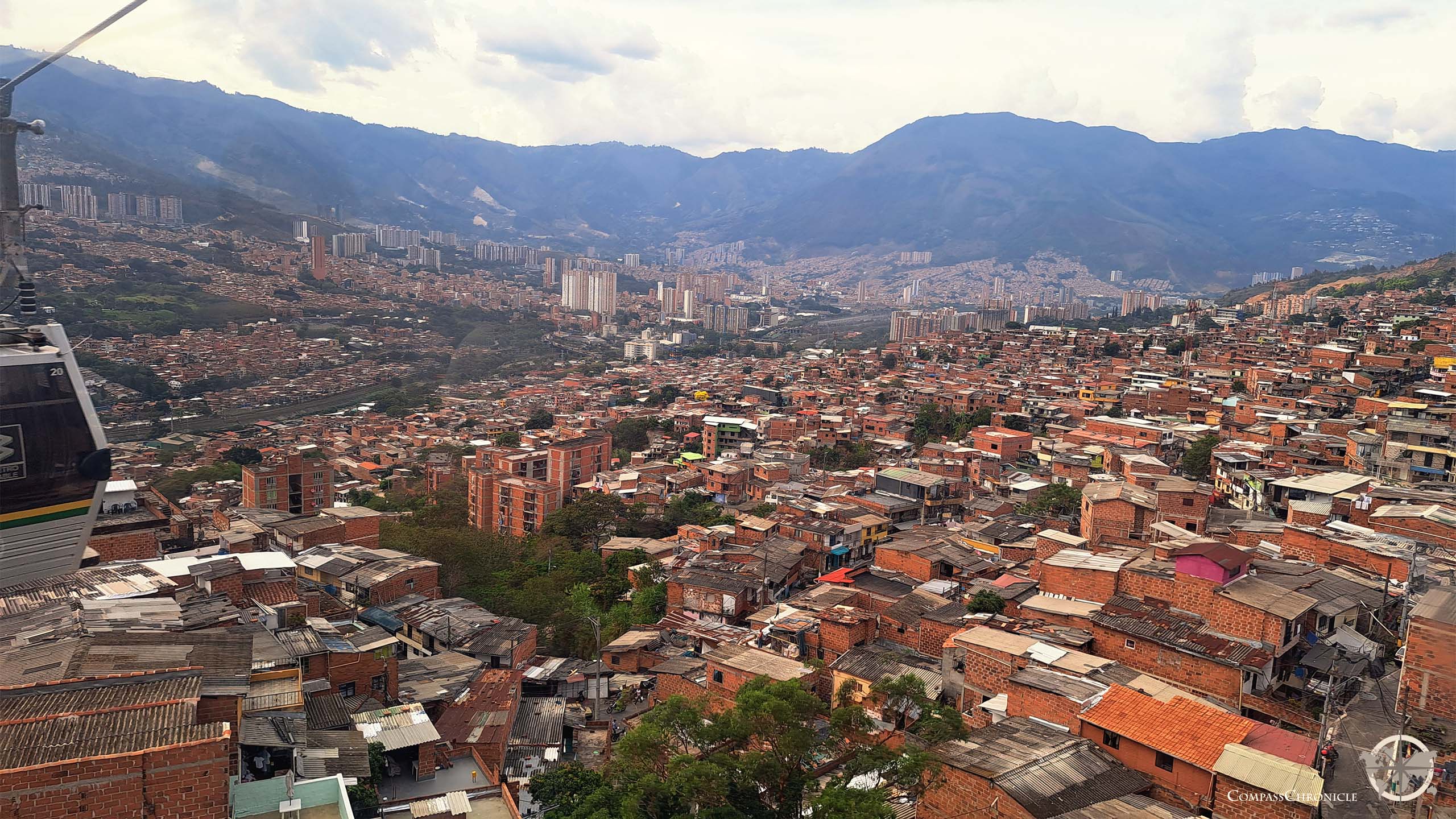






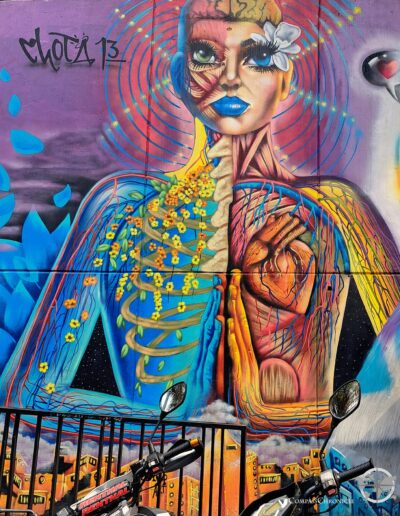

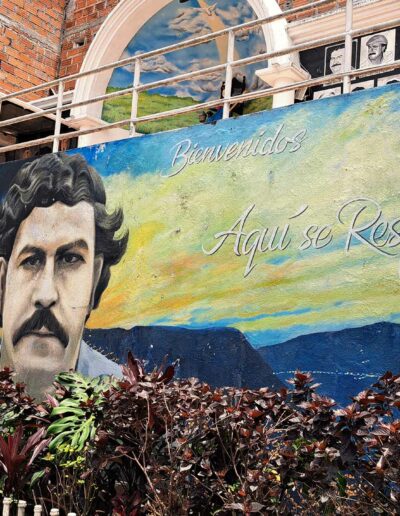
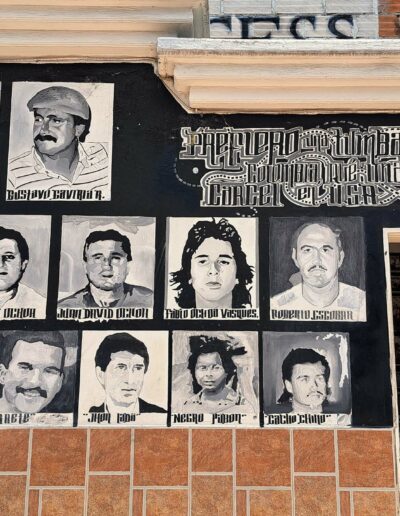

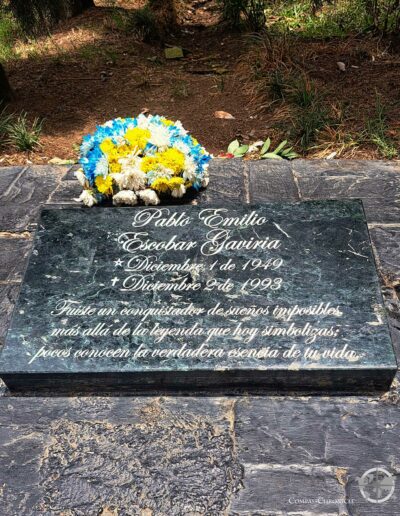

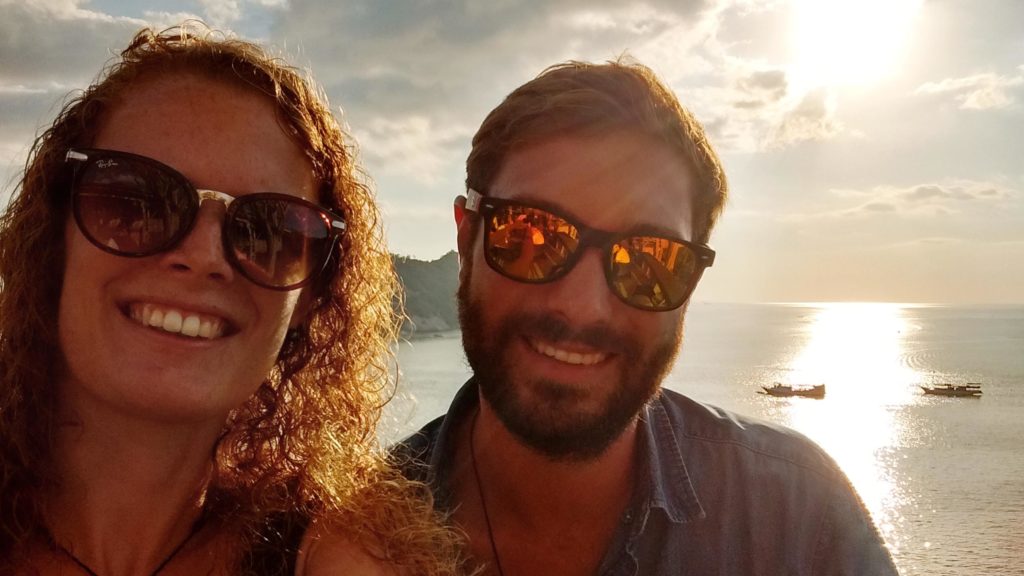
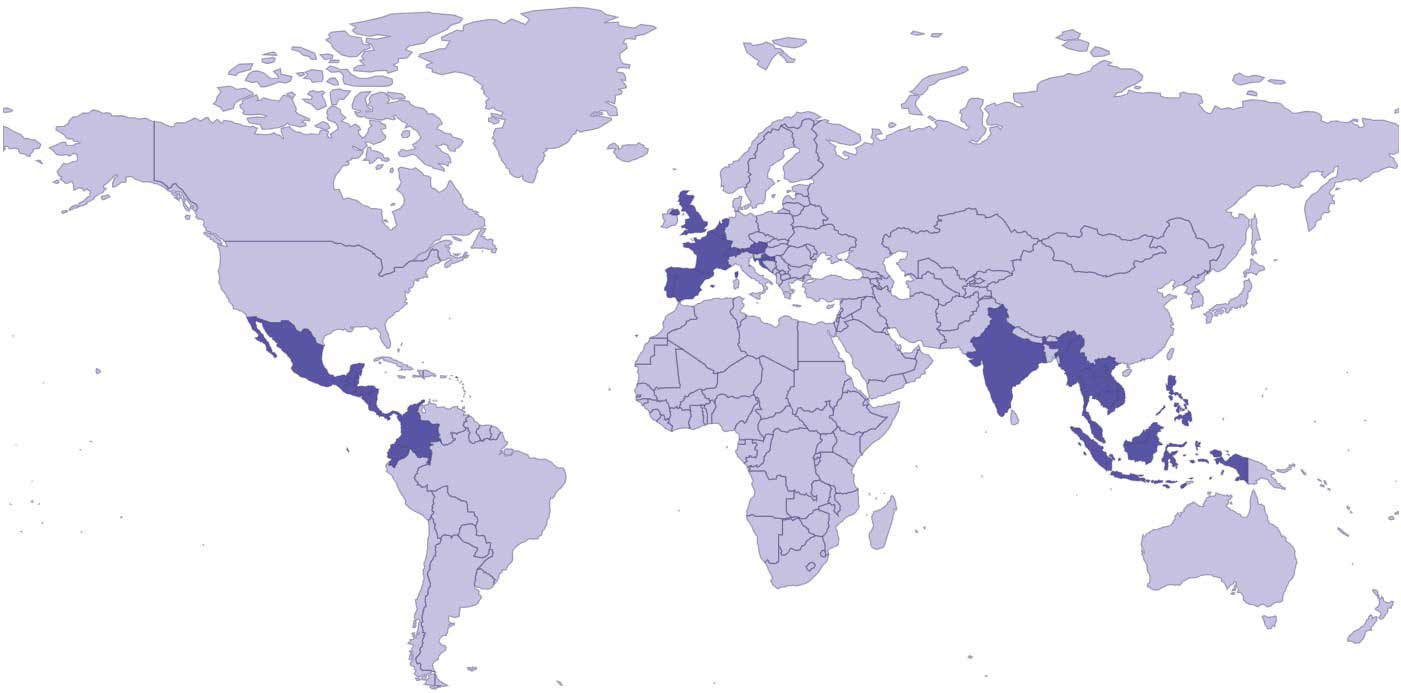

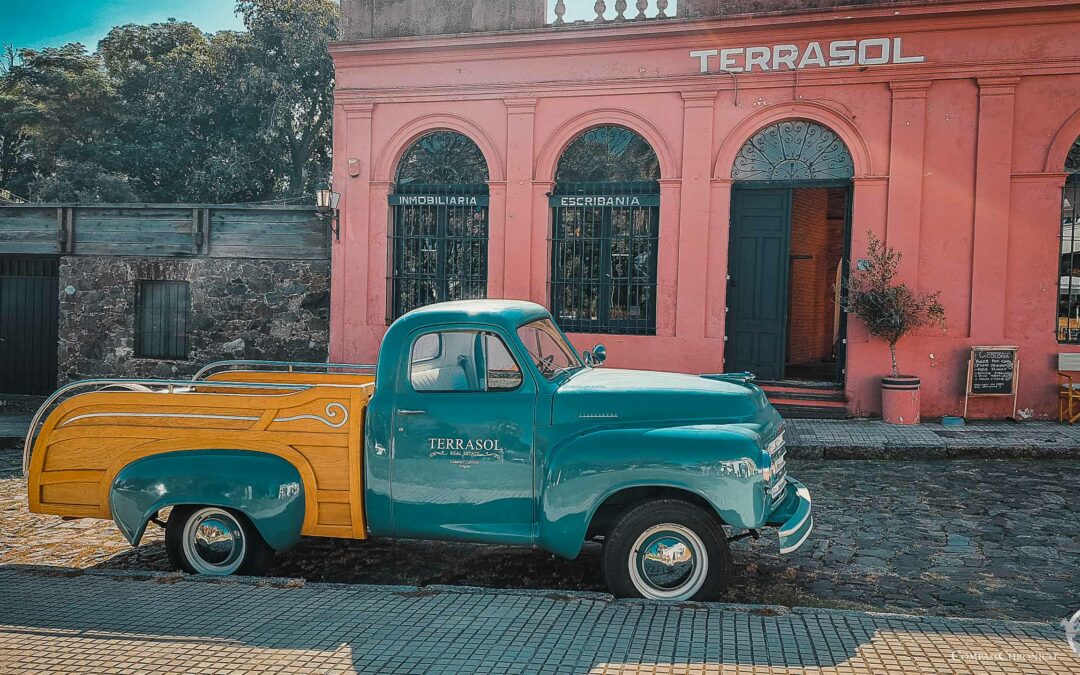
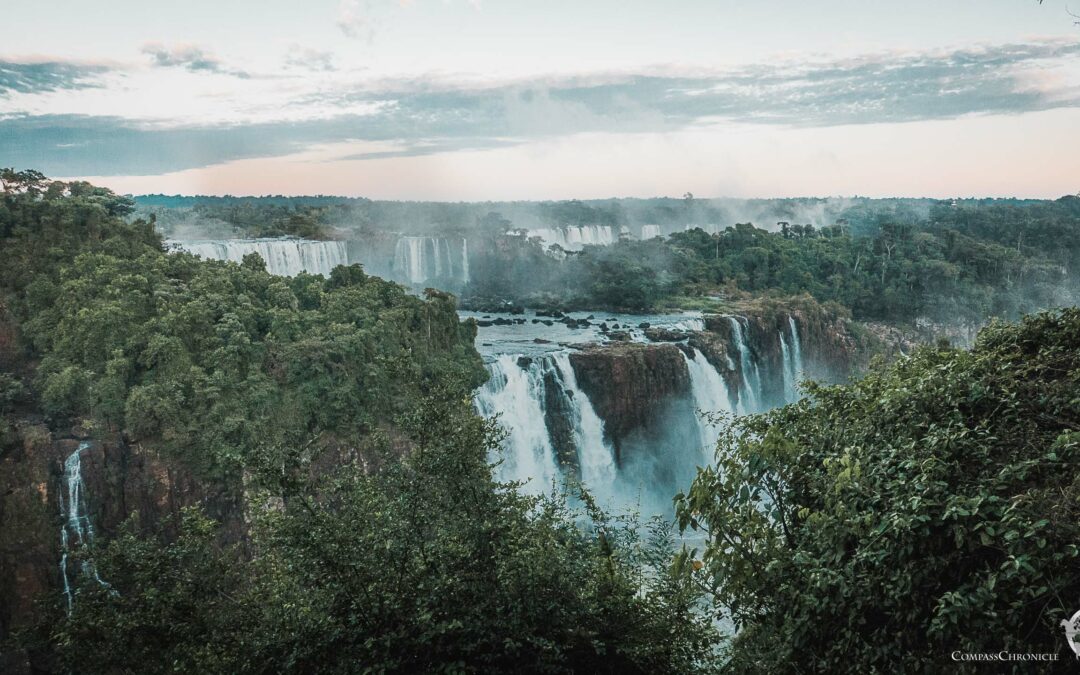
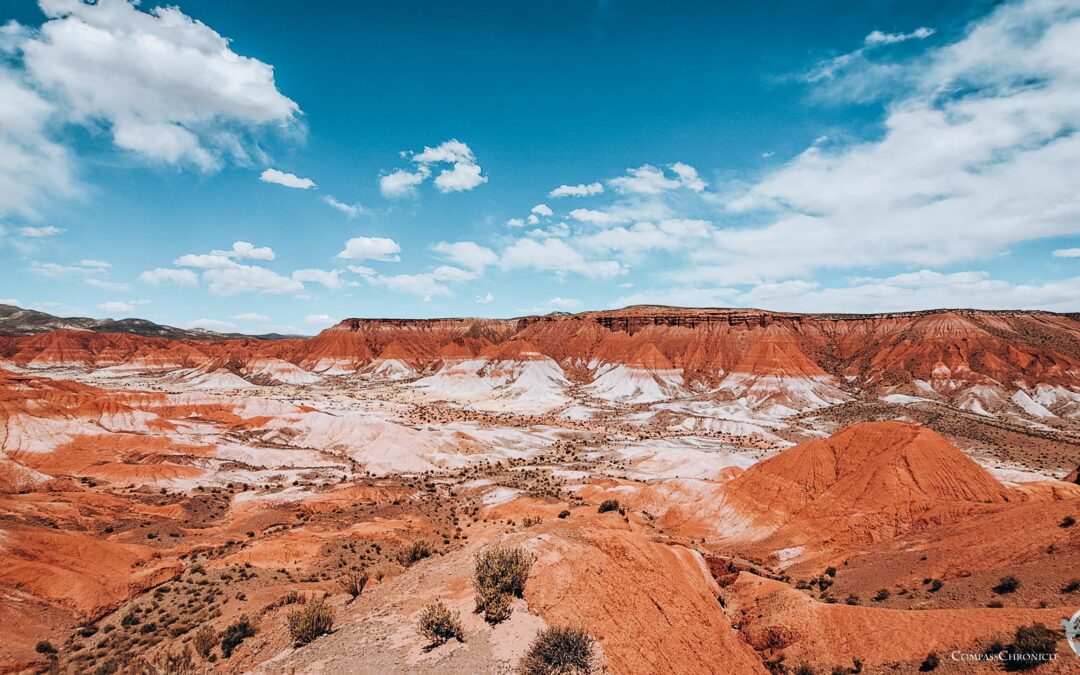
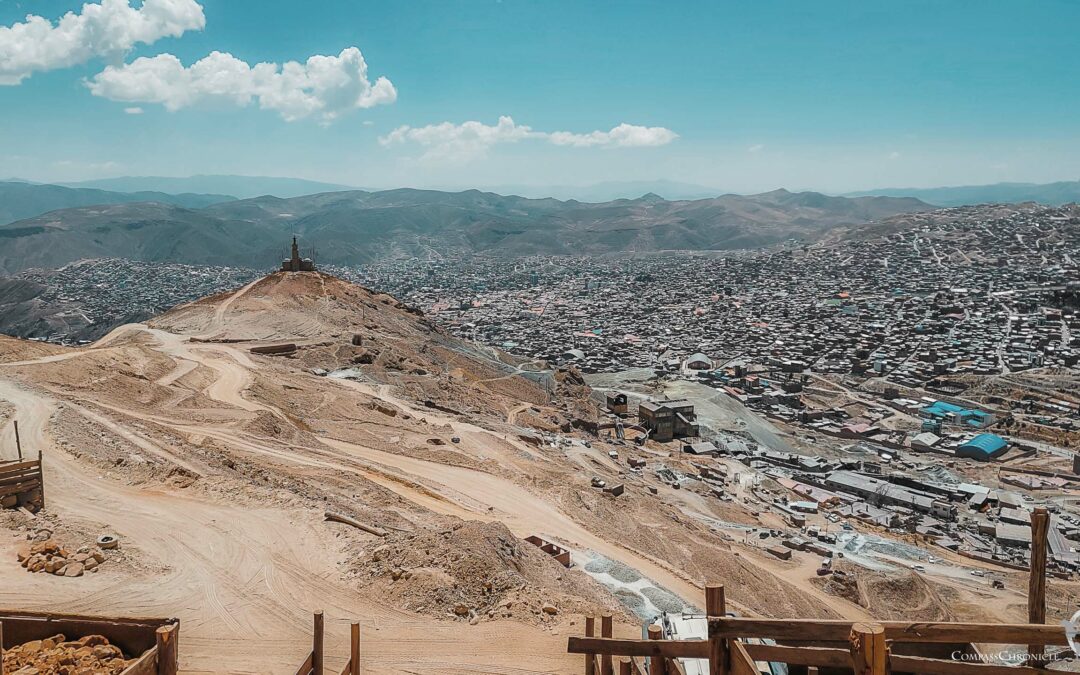
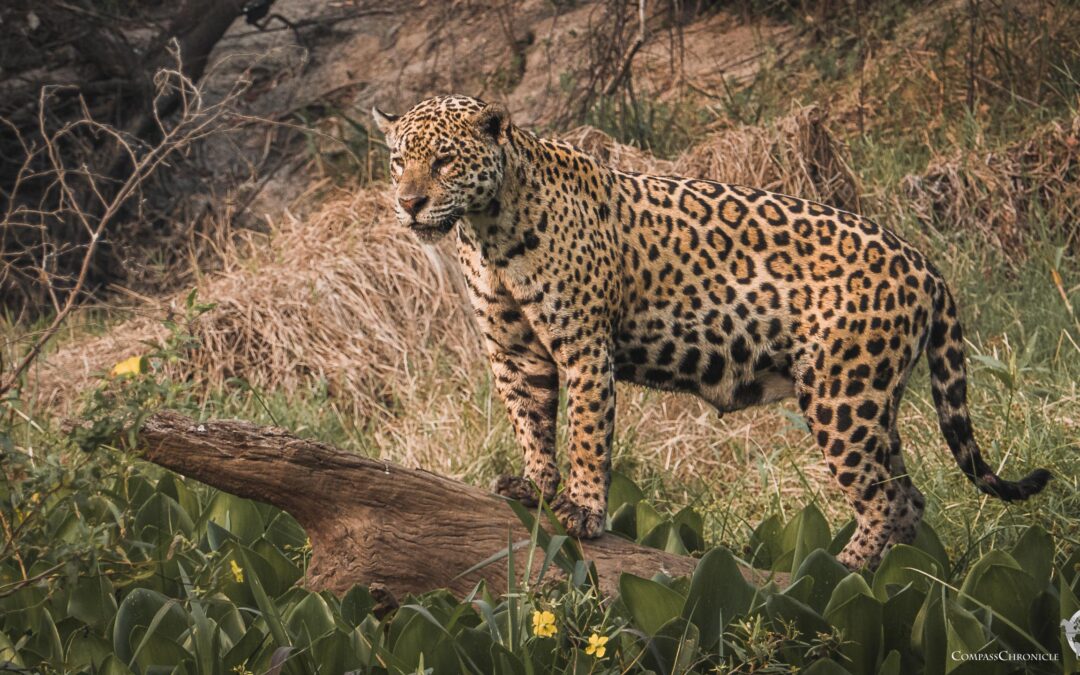
0 Comments